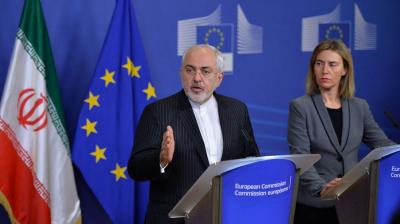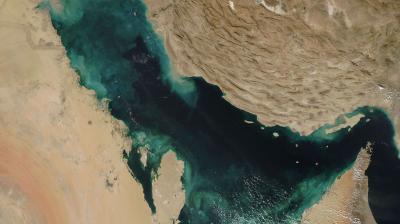The US, Iran and Europe go nuclear
On the eve of the US elections, the nuclear deal (JCPOA) stands on the edge of the precipice. The US strategy of ‘maximum pressure’ has not (yet) achieved its implicit objective of 'regime change' but tanked Iran’s economy, caused its government to dig in and increased regional instability. The geopolitical consequences of US sanctions, EU prevarication and Iran’s deep presence throughout the Middle East have been equally profound.
At the global level, they include nudging Iran towards China/Russia, the US alienating its European ‘partners’ and encouraging them to develop greater strategic autonomy. At the regional level, US sanctions risk creating an alternative economic regional order, ensuring Yemen remains a protracted war and making a regional security initiative more necessary, but less likely.
It is not yet too late to turn the tide. The focus should now be on reducing regional tensions and especially the stress that sanctions have put on Iran’s population and government. Radical action looks more inviting when one stands against the wall, but the Middle East does not need more conflict than it already has.
To do so, the EU should first support Iran with a large-scale Covid-19 humanitarian economy recovery package. As such measures are already sanctions-exempt, they will create few new tensions. An economic initiative should follow that grants preferential access to the EU’s internal market for industrial and agricultural goods from the entire Middle East (for Iran via an upgraded INSTEX). Such interventions will not resolve existing security dilemmas but can show there is an alternative to confrontation.
Read report.
This Clingendael study was a contribution to a larger volume that examines the evolution of strategic relations between Iran, the US, the UK and the European Union in the context of the nuclear deal. You can read this work here.
Follow @Erwinveen and @Clingendaelorg on Twitter.





